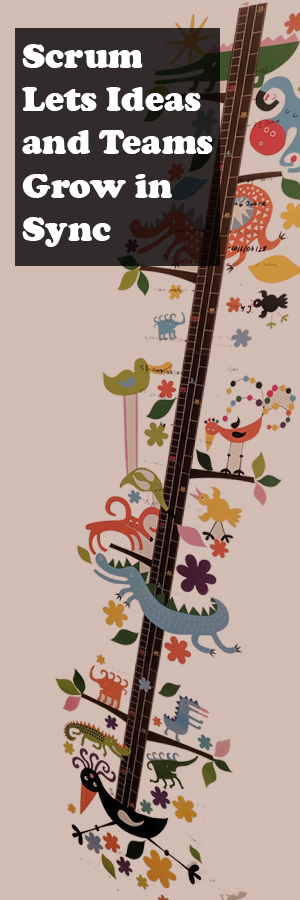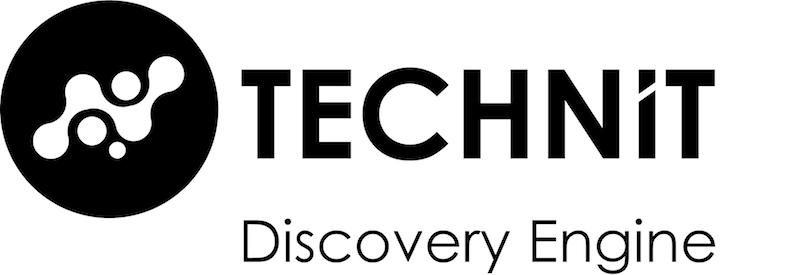
The Scrum framework is well known in the software development industry. Most software development companies have been using it for years. There are however, many other companies not developing software but other highly complex products. To this date, they think “Scrum is something for software developers only”. This article shows why it’s for them, too.
Scrum is relevant to many industries.
Can Scrum help teams in industries such as Biotech, Pharma, Life or Data Sciences to manage and complete their projects successfully? YES!
And that’s how:
It helps them complete their projects with the desired outcome or to abandon projects early on. Because Scrum creates transparency and manages risks.
Scrum is for complex projects
The core idea of Scrum is to manage complex projects successfully. The Scrum framework aims at providing transparency to all involved parties at all times. Moreover, Scrum means inspecting product increments regularly and adapting processes accordingly.
Scrum in Life Sciences, Biotech or Pharma
These so called “Three Pillars of Empirical Process Control”, transparency, inspection and adaptation, make its use in other fields than software development very appealing.
In Biotech, for example, it’s all about solving extremely complex problems fast. The drug discovery process is one of the most complex workflows to date. And yet because of the expertise that is necessary to accomplish the task, researchers in big Pharma and small Biotech alike struggle to keep it all together.
„After all, speed, flexibility, and complexity are issues that face every department and industry – not just software development.“
Scrum Alliance, About Scrum and its Benefits
Scrum offers simple steps
Scrum offers very simple “events” (events equal meetings) that bring the drug discovery team and its collaborators together on a regular basis across the globe.
1) Planning meetings at the beginning of each time-boxed sprint make it clear to all parties involved what to focus on.
2) Daily meetings show progress or point to impediments and risks that arise during the daily research.
3) Review meetings at the end of each sprint give a very good impression on where the team and its collaborators stand.
4) Retrospectives offer the opportunity for teams to get together and improve the existing processes to quickly adapt and get better.
Why not hire a regular project manager?

1. Scrum is easy to understand
Scrum is very easy to understand and for bright people doing research a piece of cake. Moreover, Scrum is perfect because it provides a way to quickly adapt to new challenges or incorporate new results.
You don’t need one project manager who exclusively manages a drug discovery project and puts a sophisticated project management framework in place with all bells and whistles. A lot of documentation that none will ever read and certain processes that go far beyond what’s really needed.
2. Scrum makes teams care
The three roles, Scrum Master, Product Owner and Development team, are easy to understand and can be distributed among team members. It’s vital that the team members feel a sense of ownership and also have the courage to speak up if their particular research task did not yield the desired outcomes. Scrum is a great way to tackle risks immediately, that is when they come up.
3. Scrum makes teams share
What I personally like about using Scrum in a research context is that it makes team members, renowned researchers and thought leaders in their field, share.
Throughout their careers, they were used to working on their own, none really interested in what they were doing before during or after a publication.
Scrum makes them talk about their 1-day achievements. Their work gets immediate feedback and they get a lot of praise from other team members which they didn’t get before.
I have witnessed often, that researchers don’t share much and often suffer silently from imposter syndrome, because they never talk about what they’re doing right now. With Scrum, this changes their game completely. The Daily Meetings build trust and they realize quickly if their drug discovery project is on track or not.
Scrum works towards outcomes and goals and breaks down complex chunks of work
It is one of the biggest challenges in Biotech and Life Sciences, to align the researchers toward a shared vision and goal. The tasks to solve are usually so big that as a first reflex, everybody thinks ‘not possible’ (think Ebola Vaccine or Gene Therapy).
“Working for the patients’ needs of tomorrow” leaves researchers often with the questions: ..what do I do in the next two weeks to contribute to this holy vision?”
Scrum offers a way out and that’s where the strength of the framework lies. It lets you split even the biggest chunks of never-done-never-seen-work into very very very small, doable tasks. So that (even with a very complex task at hand) complexity is broken down.
,,Scrum works by delivering large projects in small chunks–bite-sized product increments that a cross-functional team can begin and complete in one, short timeboxed iteration.”
Scrum Alliance, About Scrum and its Benefits
About Scrum
Scrum is an agile project management framework. It consists of four types of events, three team roles, three types of artifacts and five rules. Compared to other Project Management Frameworks, it is extremely stripped-down. The term Scrum refers to a specific move in rugby. Outstanding performance is achieved when teams are small and self-organized.
Photo by Olga Guryanova
